How to use pitch pedals on bass
Every now and again, the music calls for something different - that's time for a pitch pedal to transform your low end
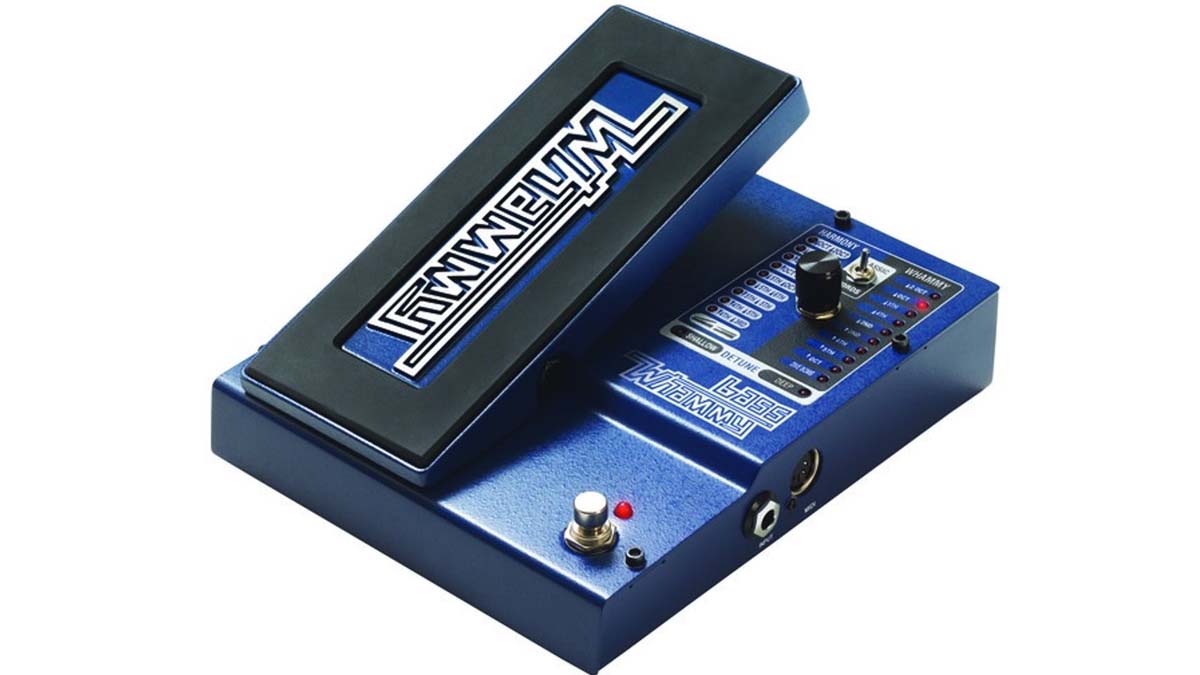
Let’s traverse the aural delights of another effect type - pitch pedals - and see how we can use them to create effective bass sounds.
So what’s pitch shifting? Well, it’s taking an audio signal and, using either analog electronics or digital algorithms, producing a new pitch. This could be a single note or multiple intervals generated at the same time.
Purely analog electronics manipulate the audio signal directly with no conversion into the digital domain, while DSP (Digital Signal Processing) uses algorithms - a bit like running a program on a computer - to recreate effects such as pitchshifting among others.
They both have their advantages and limitations, so don’t disregard one over the other.
What different kinds of pitch shifters are there?
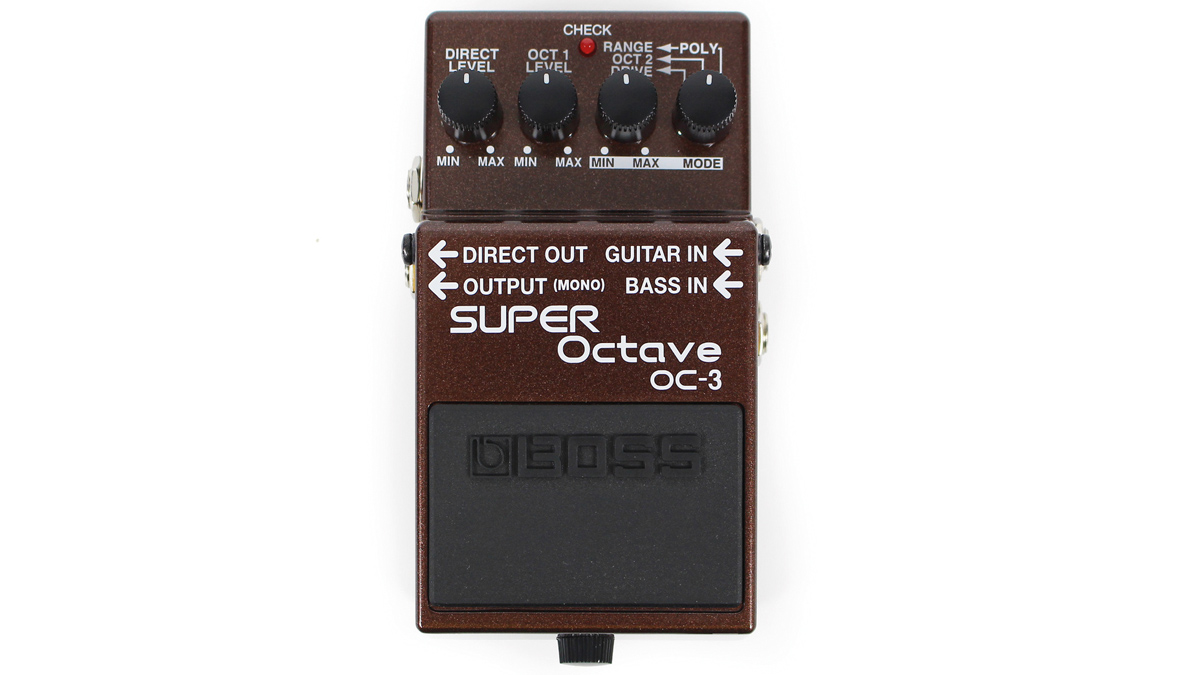
Octave
This effect creates intervals that are, as the name suggests, whole octave intervals from the source pitch. It’s perfect for mild thickening of your bass tone or creating big rumbling synth sounds.
If you’re a fretless player, then chorus and analog octave are the effects to grab. If you’re a fan of Pearl Jam, why not try a one-up, one-down octave mix to get that 12-string chime?
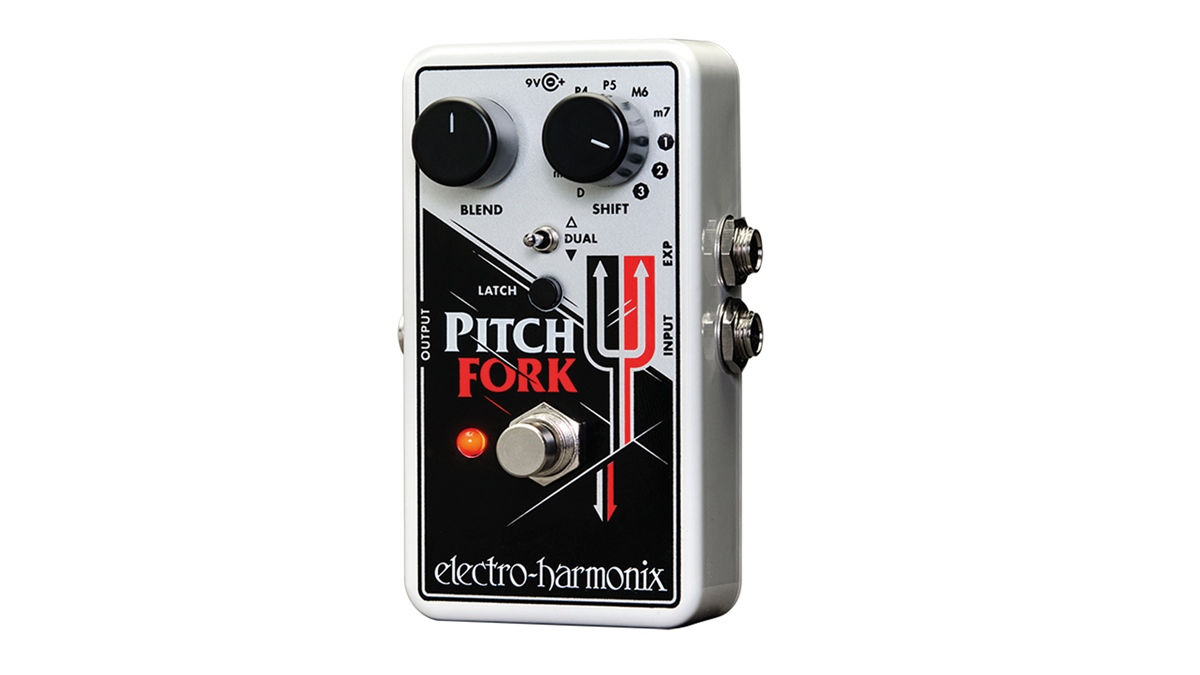
‘Drop tune’ pedals
Some of us bring extra basses out to gigs for songs where the instrument’s tuning is dropped by whole intervals. One way to avoid this is to use a polyphonic pitch shifter to effect this change electronically. Some pedals do a fairly good job of this, but there’s a limit to how low they will track bass notes. Try before you buy.
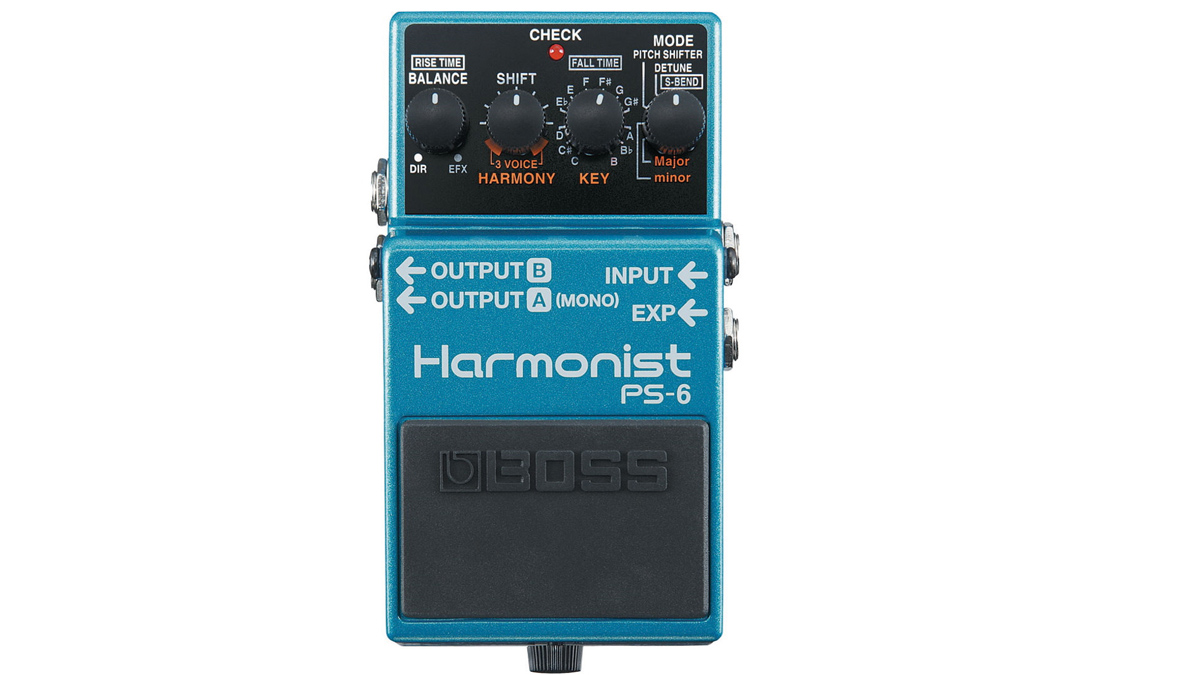
Boss Harmonist PS-6

Rowin Harmonizer
Intelligent harmonizers
These use complicated DSP algorithms to create pitch adjustments ranging from the mildest of chorusing effects to full-on multi-part harmonies. To do this, the processor needs a certain amount of external intervention. For example, to play the right notes in a harmony, the processor needs to have the correct scale or key selected.
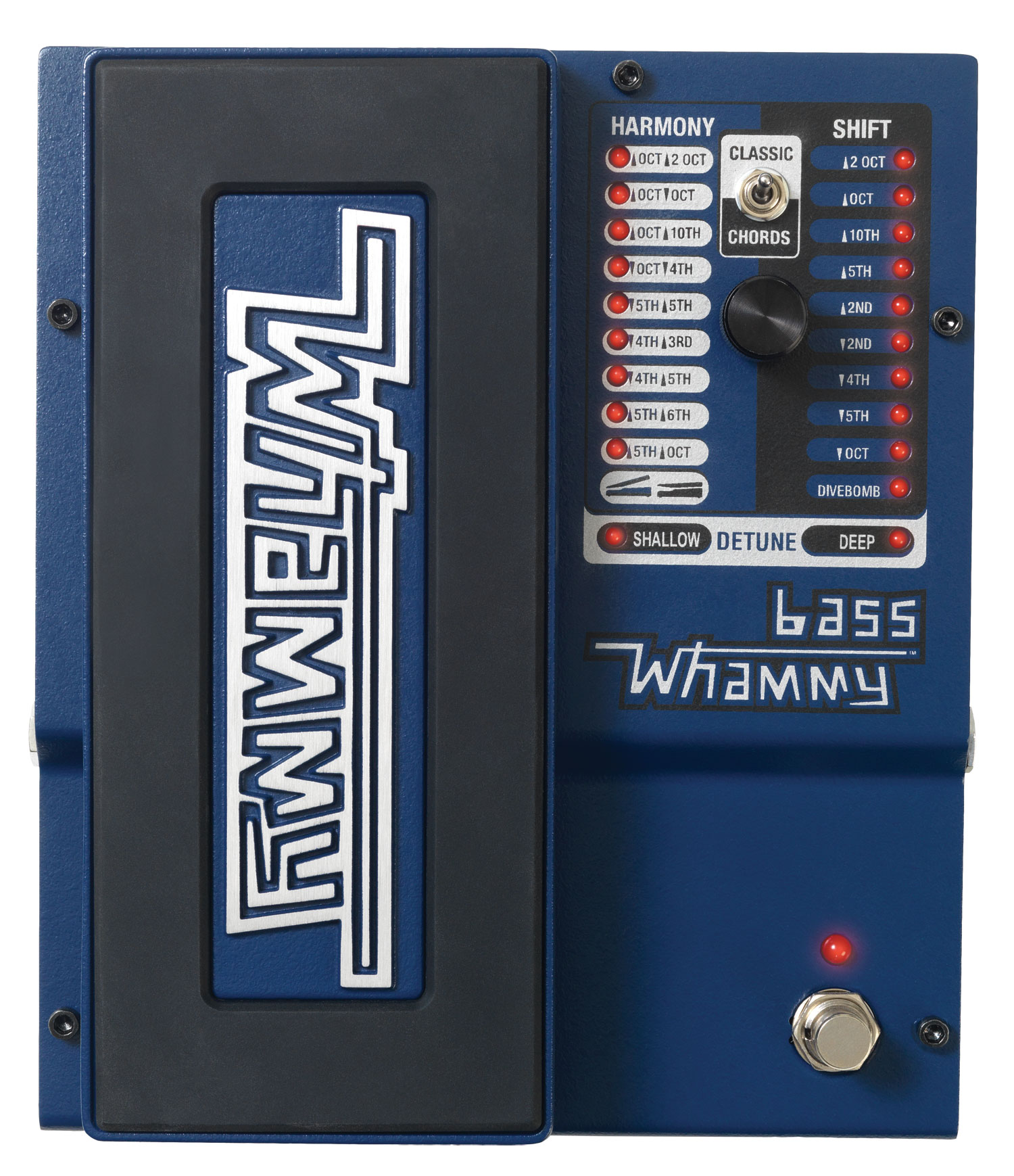
Whammy
Guitarists such as Pantera’s ‘Dimebag’ Darrell and Rage Against The Machine’s Tom Morello are notable users of whammy, an effect where pitch is controlled by manipulating a pedal. These can lead to dive-bomb effects where a detune goes beyond two octaves down - and there’s no reason why bassists can’t share the fun, at least down to the limits of human hearing.
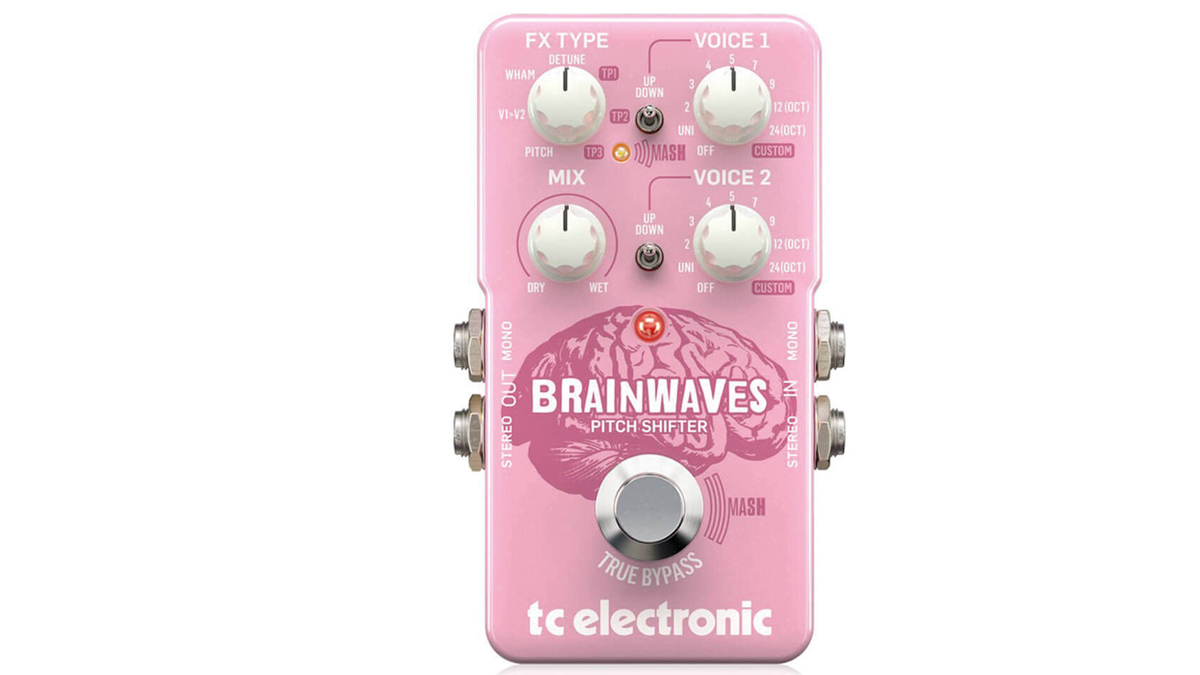
Pitch shifting delays
These are delay effects, whose pitches arpeggiate as they repeat. An example of combining other effects blocks with pitch shifting in DSP, offering limitless possibilities.
Okay, I've got a pedal. What the hell do all those knobs do?
Brands often give their parameter knobs snazzy names, but essentially, these are the controls you can expect to find on most modern pedals.
Level: Simply the overall level of the pedal, allowing you to adjust the volume.
Voice: 1/2/3 Pitch shifters often have more than one ‘voice’ process. You can make one more prominent than others, or turn one off completely.
Blend: A blend (or Effect Level) knob will mix between your effects and your unaffected signal.
Key/Scale/Harmony: Selecting the key or scale that the harmonizer uses.
Pitch shift: The increments of pitch are often labelled on a dial, usually offering enough positions for two octaves of semitone shifting.
Detune shift: Not all shifting has to be in defined note intervals. Adding a subtle detune can create some interesting chorus-like effects. It can lift a bass tone, too, especially if the detune only acts on the upper harmonics of your bass notes.
Recommendations
Pitch shifters and harmonizers can either process single notes (monophonic) or clusters of notes at the same time (polyphonic). There are advantages and limitations to each type. Personally, I suggest you try an analog octave favoring the ‘one octave down’ sound.
Follow this with a gated fuzz, set to chop off your note decay sharply. Have that plugged into your filter pedal(s) of choice and play high up the bass neck. This is great for making your bass sound like a synth!
Get The Pick Newsletter
All the latest guitar news, interviews, lessons, reviews, deals and more, direct to your inbox!
“There are so many sounds to be discovered when you get away from using a pick”: Jared James Nichols shows you how to add “snap, crackle and pop” to your playing with banjo rolls and string snaps
Don't let chord inversions bamboozle you. It's simply the case of shuffling the notes around







![Joe Bonamassa [left] wears a deep blue suit and polka-dotted shirt and plays his green refin Strat; the late Irish blues legend Rory Gallagher [right] screams and inflicts some punishment on his heavily worn number one Stratocaster.](https://cdn.mos.cms.futurecdn.net/cw28h7UBcTVfTLs7p7eiLe.jpg)


